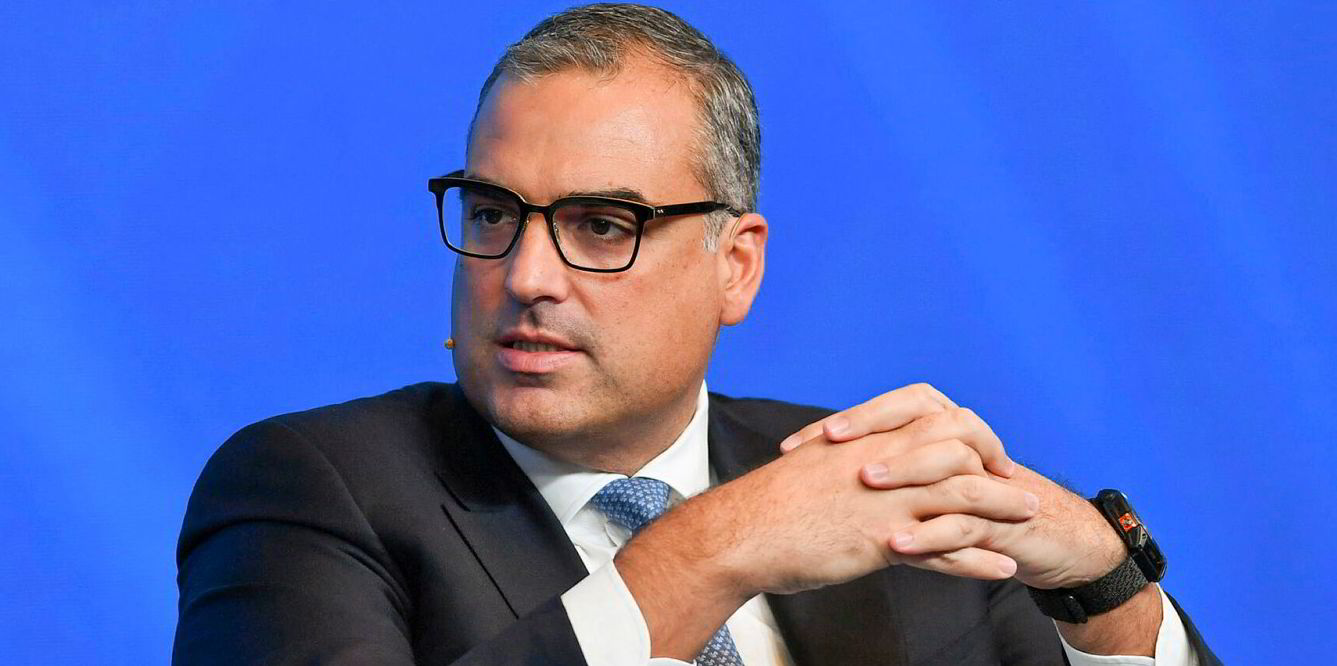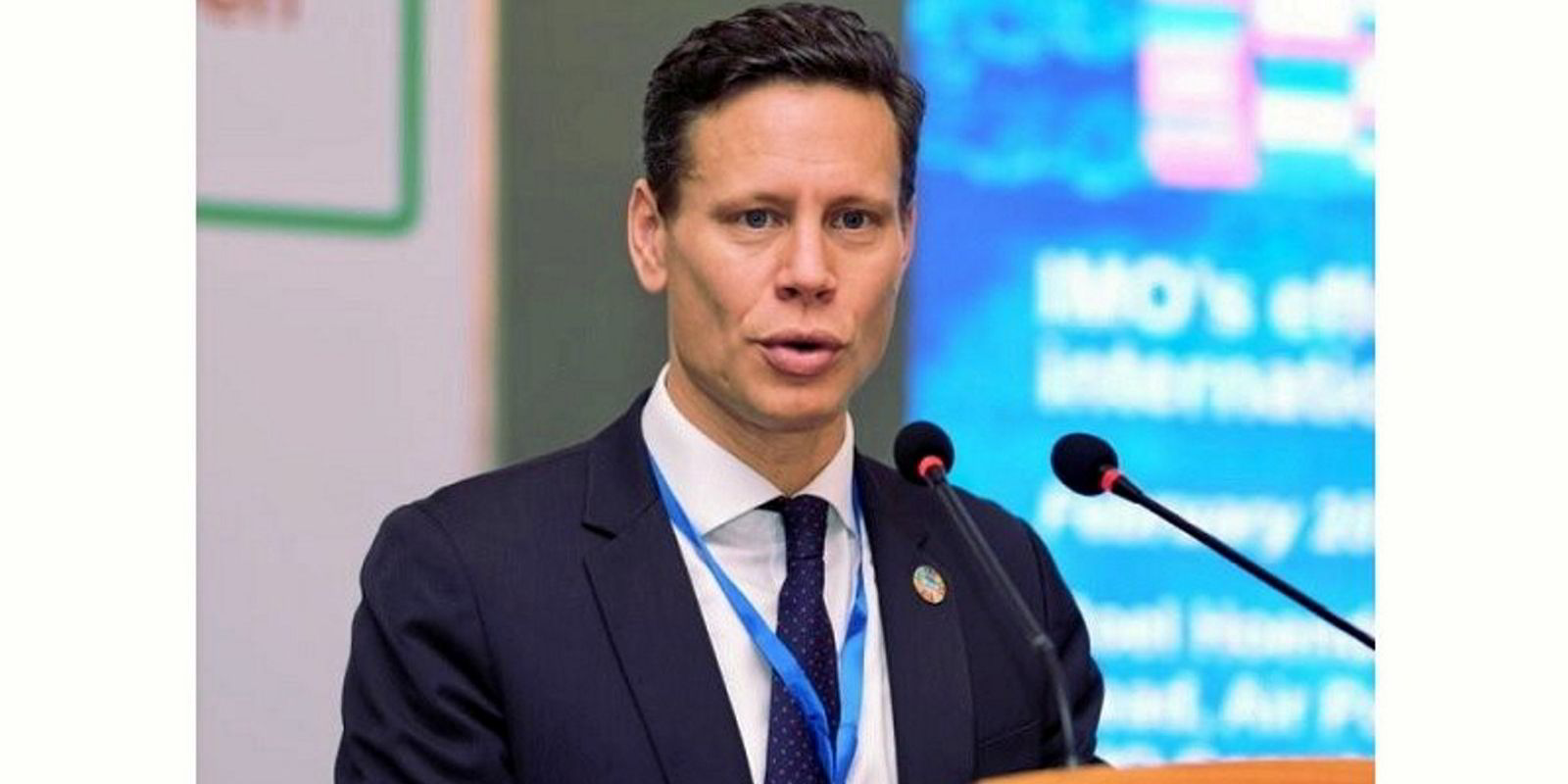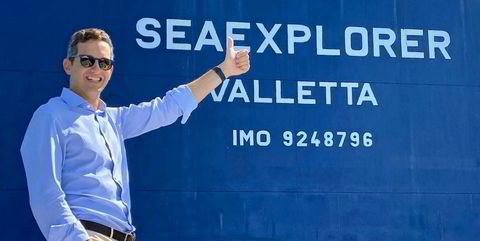LNG carrier owners are battling to agree on charterparty clauses relating to the International Maritime Organization’s Carbon Intensity Indicator as ship ratings loom in 2024.
Capital Product Partners chief commercial officer Spyros Leoussis said for CII the regulation is “wrong”.
Leoussis, who was speaking on a shipping panel at the World LNG Summit & Awards, said that one of the company’s 174,000-cbm LNG carrier newbuildings attracted an A rating and another a D, because it was used as storage for a couple of months.
If the latter vessel had just sailed around in circles, it would have been an A, he added.
“I don’t see how that protects the environment. I think there needs to be a reconsideration of the CII clause,” he said, then it will be an easier discussion with charterers.
Leoussis said the CII concept is good, but while it works for container ships, it does not work for LNG carriers. “There needs to be some kind of structures around it,” he said.
In contrast, Leoussis said the European Union Emissions Trading System (ETS) is “quite clear”.
Under this, the party buying the ship fuel pays for its right to pollute by buying an EU Allowance, mapped to one tonne of CO2 emitted. But a ship’s commercial operator is ultimately responsible for paying the cost of emissions allowances.
Leoussis said there are a few issues with the logistics, and some charterers are easier to speak with about it than others, but “We will figure it out.”
GasLog chief executive Paolo Enoizi said his company’s charterers all agree that the cost of the ETS is for their own accounts.
Instead, he said the discussions centre more on how frequently the parties want to reconcile the numbers and who will take responsibility for surrendering the credits.
“We haven’t seen any pushback at all, ” he added.
But he described CII as “a very different animal”.
On the new charters, GasLog is able to work out clauses. The key discussion, however, is that if “I give you a vessel in this condition, what will you give me back?”
“Every charterer for different durations has a different opinion,” he explained.
Enoizi said the biggest problems are legacy charters. “How are you going to negotiate this?” he asked rhetorically. “I’m afraid it is a work in progress.
“It is not a ship efficiency discussion, It is a ship efficiency discussion plus efficient use of the ship.”
- CII is a gauge of how efficiently all ships transport cargo, measured in grams of CO2 emitted per deadweight ton capacity and nautical mile.
- From 2023, vessel operators will be required to provide a baseline performance and receive initial ratings in 2024.
- CII thresholds will tighten annually, requiring operators to document vessel performance and demonstrate it has achieved the required threshold for the year.
- A ship’s carbon intensity rating, on an A-E scale, will be officially recorded in its Ship Energy Efficiency Management Plan.






